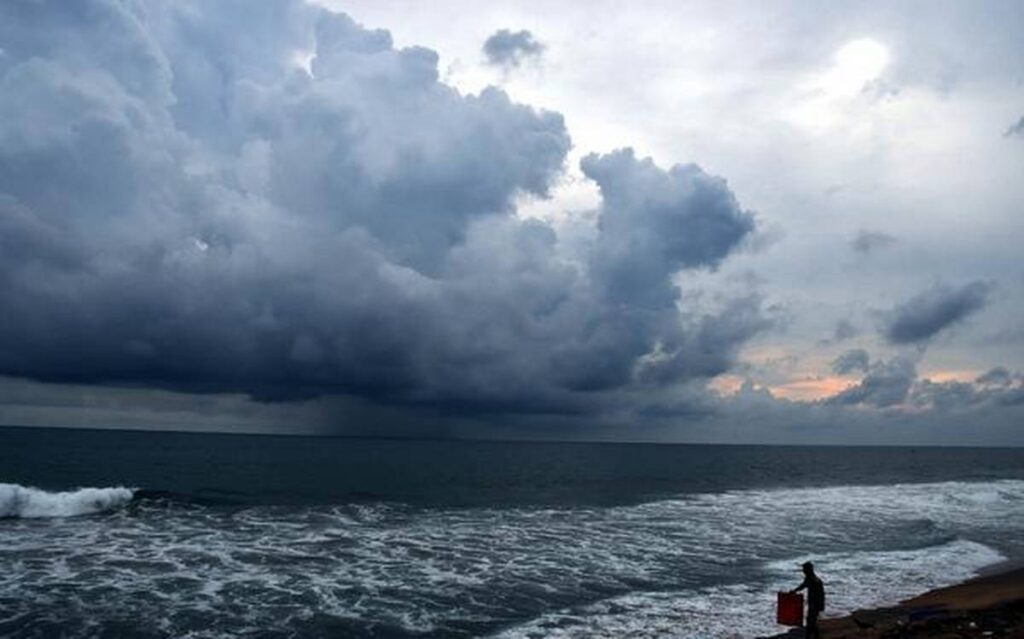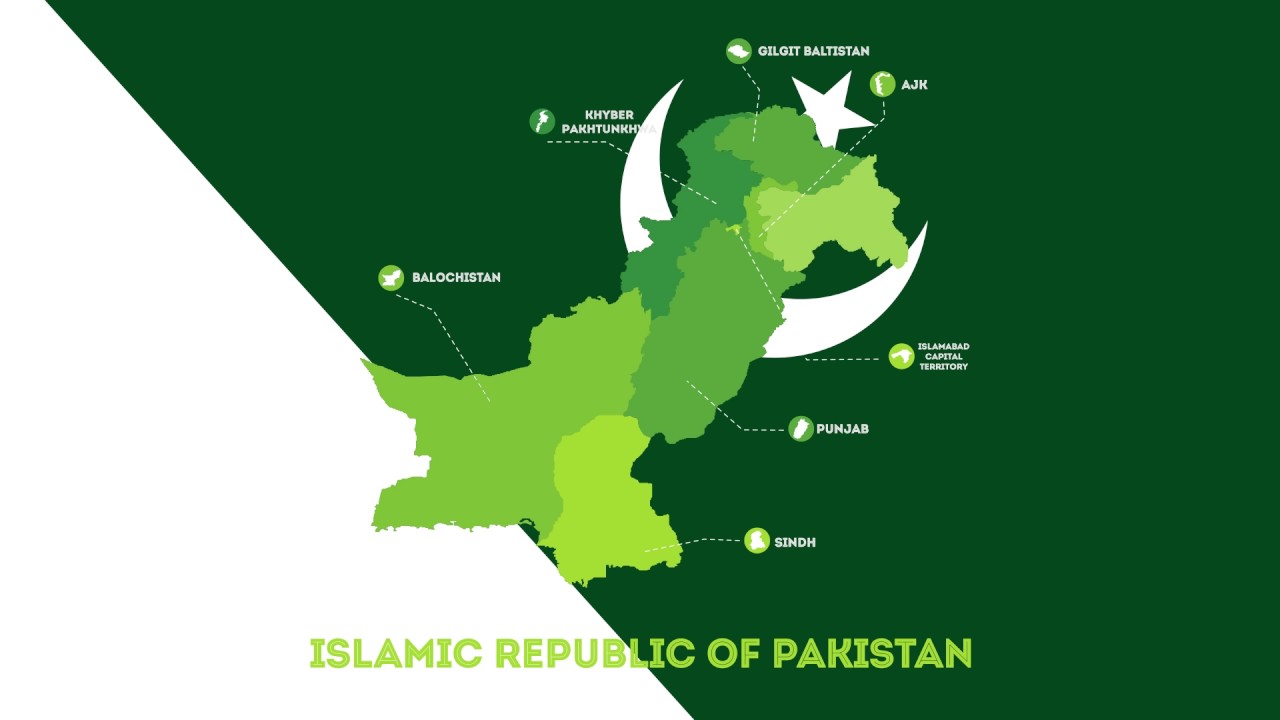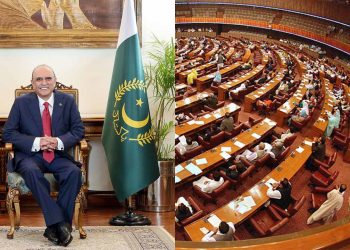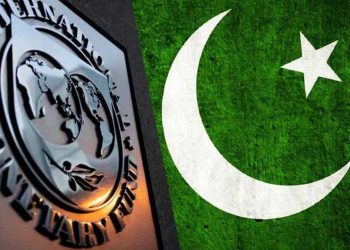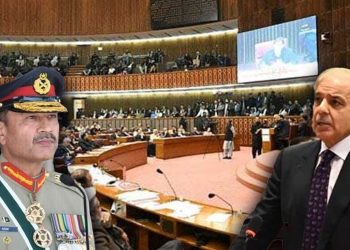Geo-Strategic means importance of a country or a region as with respect to its geographical location. Geopolitical is defined as, stressing the influence of geographic factors on the state power, international conduct and benefits it derives from its location. The word geopolitics was originally coined by Swedish Political Scientist RODULF KEJELLEN about the turn of 20th century.
Pakistan is located at a region which has a great economic, political and strategic location. Pakistan is located in Southern Asia and also work as a bridge between South Asia and West Asia.
It has been the hub of great economic and strategic activities for the past twenty years. An American Political Scientist Stephen Philip Cohen describes this importance in his book The Idea of Pakistan “While history has been unkind to Pakistan, its geography has been its greatest benefit. It has a resource-rich area in the north-west, people rich in the northeast.” Geo-Strategic importance plays a lot more than we actually think.

Pakistan is a link between South Asia, West Asia and Central Asia, away from resource-efficient countries to resource deficient countries with respect to trade and other strategic matters. The world is facing an energy crisis, COVID-19 pandemic and terrorism. Pakistan is a route for transportation due to Gwadar Port which has great significance regarding CPEC (China Pakistan Economic Corridor). Moreover, also due to Jinnah International Airport which is located at a significant location regarding cargo flights. Afghanistan has no sea so it uses the way of Pakistan for trading through TOREKHAM Border. Pakistan also gives its services for NATO Supply (North Atlantic Treaty Organization).
Geo-Strategic Importance of Pakistan’s Geographical Location
Geo-Strategic Importance & Boundary with Afghanistan
Pakistan is located in southern Asia. It is located between 24 and 36.5 Northern latitudes and between 61 and 75.5 eastern latitudes. The estimated area of Pakistan is round about 803,940 square kilometres.
Afghanistan lies along the Northwestern part of Pakistan. Pakistan’s boundary with Afghanistan is about 2,250 kilometres long. The boundary line between Pakistan and Afghanistan is known as Durand Line which was drawn by Sir Mortimer Durand in 1893 and he was also Foreign Secretary of British India.
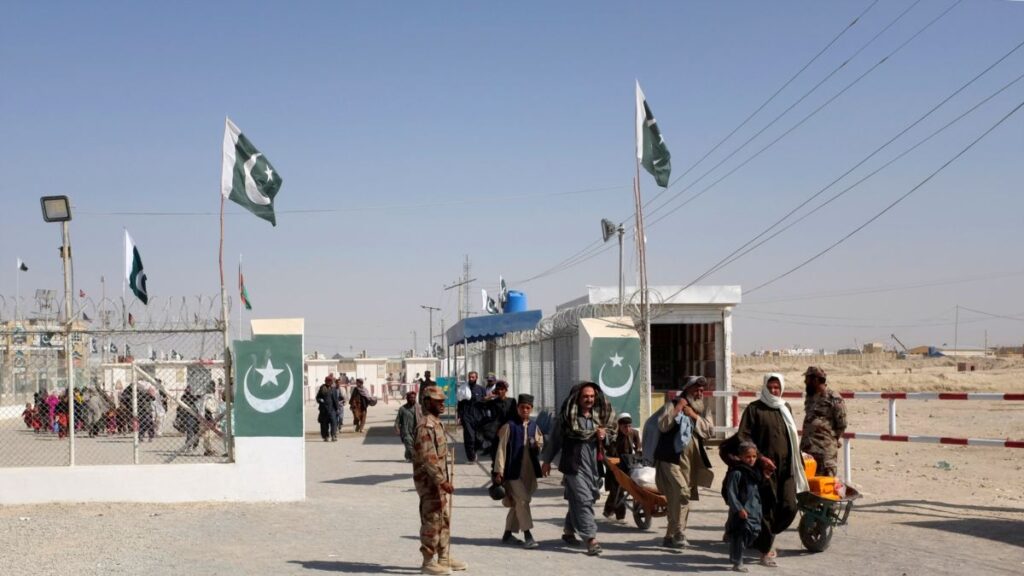
In the north, it runs along the ridges of the Hindu Kush mountains and the Pamirs, where a narrow strip of Afghan territory called the Wakhan Corridor extends between Pakistan and Tajikistan. This strip is about 16 to 25 kilometres long. There is no doubt when Pakistan came into being in1947, although its legitimacy was in later years disputed periodically by the Afghan government as well as by Pashtun tribes.
Azaad Jammu Kashmir and Northern Areas
In the northeastern part of the country, Former princely state Azad Jammu and Kashmir located Pakistan which has area round about 84,159 square kilometres. This area, consisting of Azad Kashmir (11,639 square kilometres) and most of the Northern Areas (72,520 square kilometres), which includes Gilgit and Baltistan.
It is the most visually stunning of Pakistan. The northern areas have five highest mountains of the world including K-2(GODWIN AUSTEN) second highest mountain in the world with a height of 8611 meters. It also has such extensive glaciers including Biafo, Baltoro, Haispar and Siachen etc that it has sometimes been called the “third pole.”
Boundary and Relations with China
A boundary of about 438 kilometres runs generally southeast between China and Pakistan, ending near the Karakoram Pass. This line was determined from 1961 to 1965 in a series of agreements between China and Pakistan. Karakoram Highway also known as Silk Highway exists constructed by both China and Pakistan regarding trade.
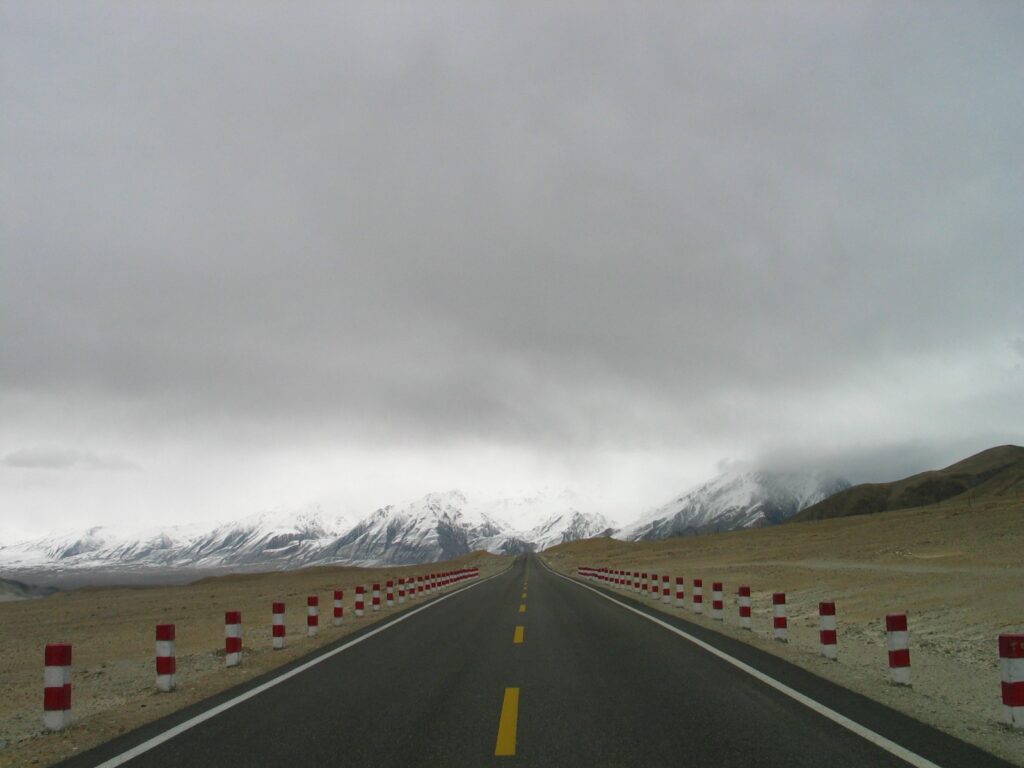
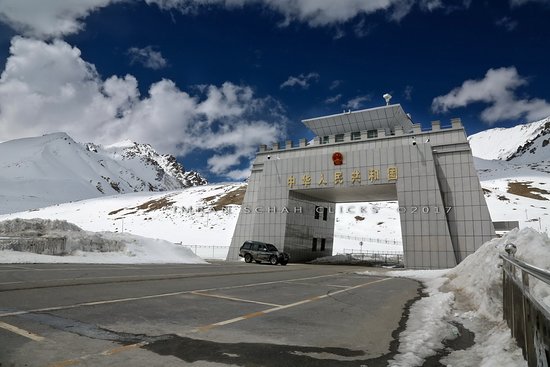
The game-changer project CPEC which is constructed by both countries is also near to completion. Pakistan and China are also very cooperative in Defence. Both the countries manufactured a famous fighter Jet Jf17. The intimate friendship between China and Pakistan is famous all over the world.
Boundary with India
The India-Pakistan Border, known locally as the International Border (IB), is the international boundary between India and Pakistan that demarcates the Indian states of Punjab, Rajasthan and Gujarat from provinces of Punjab and Sindh. Pakistan borders India in the East. The border resulted from the Partition of India in 1947.
This border also a border between India and Pakistan which is known as Radcliff Line. The Radcliff LINE was the boundary demarcation line between the Indian and Pakistani portion of the Punjab and Bengal provinces of British India. It was drawn by Sir Cyril Radcliff who was the joint Chairman of two boundary commission.
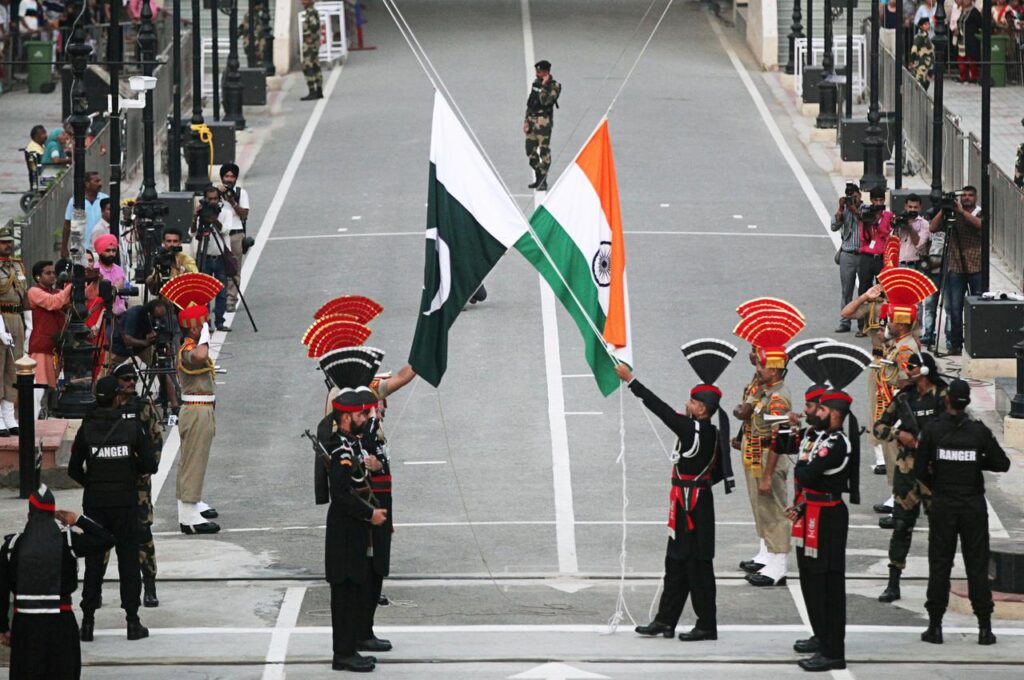
The Line of Control (L.O.C) separates The Indian occupied Jammu and Kashmir from Pakistan administered Azad Kashmir The length of LOC is 700 kilometres. Wagah, the ceremonial point of crossing between India and Pakistan lies along this border between the Indian city of Amritsar and the Pakistani city of Lahore. It is within close distance of both cities’ urban sprawl.
Total length of Pakistan’s border with India is 3133 kilometers. LOC includes 700 km, Working Boundary includes 193 km and International Border is 2240 km. Geo-Strategic Importance of Pakistan is all about the rich minerals and trade routes across the globe.
Geo-Strategic Importance & Boundary with Iran
The boundary with Iran, some 909 kilometres in length, was first delimited by a British commission in 1893, separating Iran from what was then British Indian Balochistan. In 1957 Pakistan signed a frontier agreement with Iran. Since then the border between the two countries has not been a subject of serious dispute. Pakistan deployed FC (Frontier Core) while Iran deployed IRGC (Islamic Revolutionary Guard Crops) on the border.
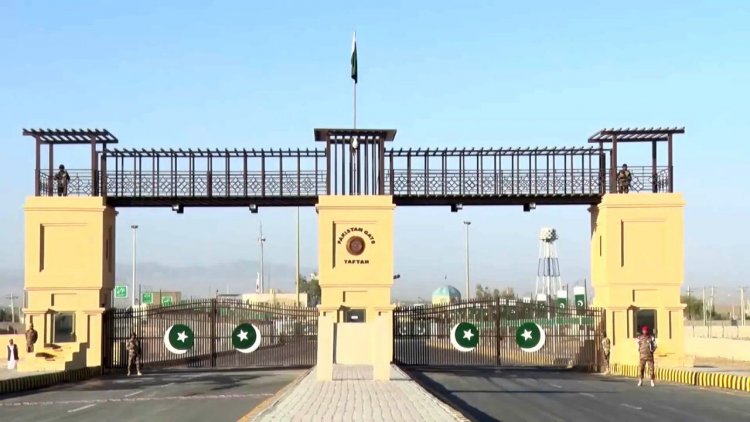
Arabian Sea and Indian Ocean
To the South of Pakistan, Arabian sea and Indian ocean are located. The coastal belt of Pakistan is about 1050 kilometre. Pakistan significance is enhanced as it located near the Persian Gulf from where 65% oil of the world is produced. Geo-Strategic location of Pakistan enables it to extend high level of trading facilities throughout the region.
